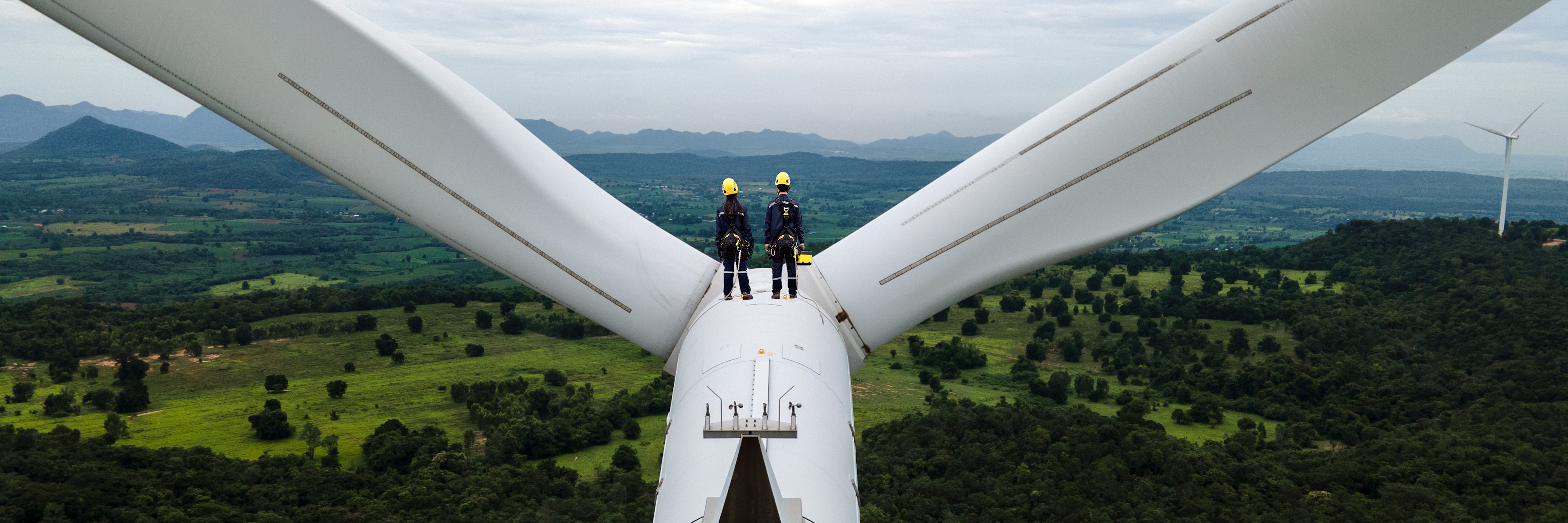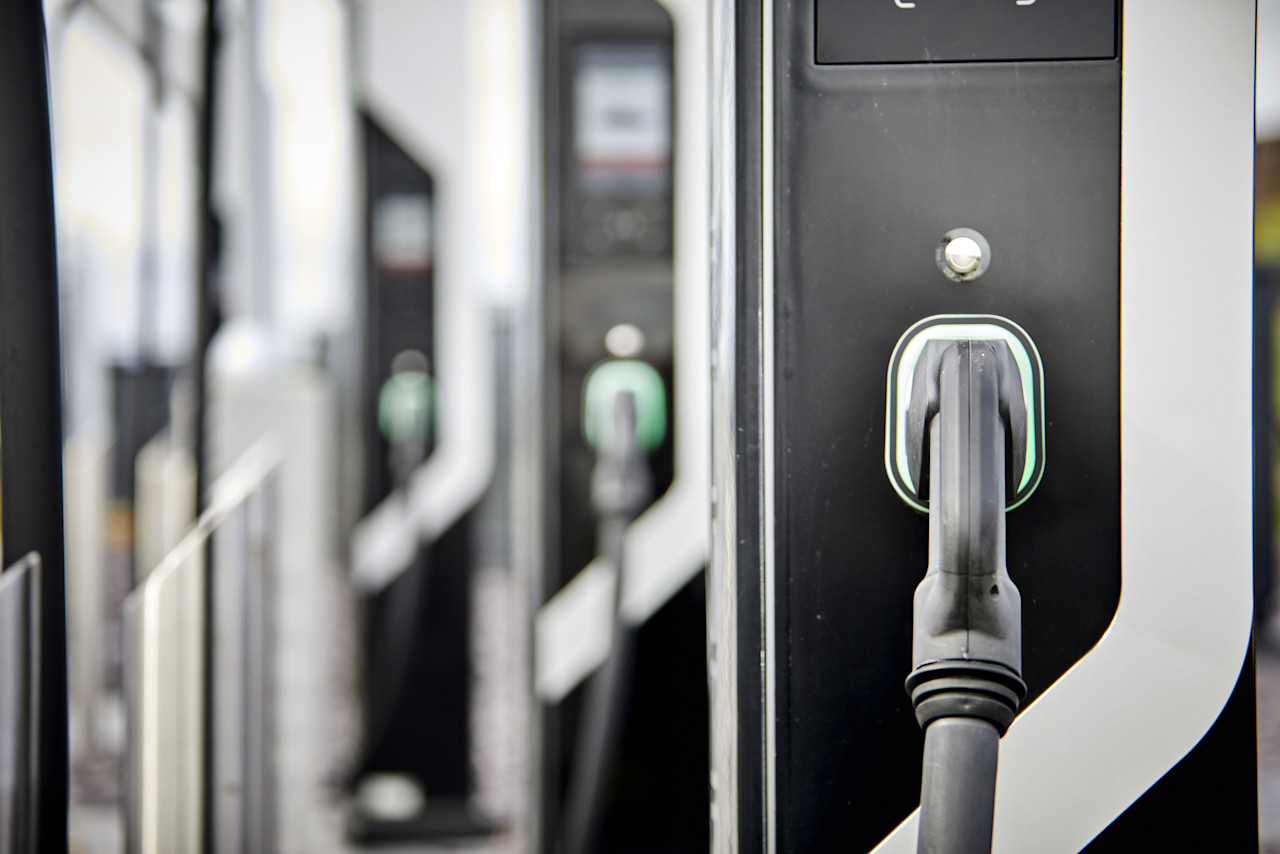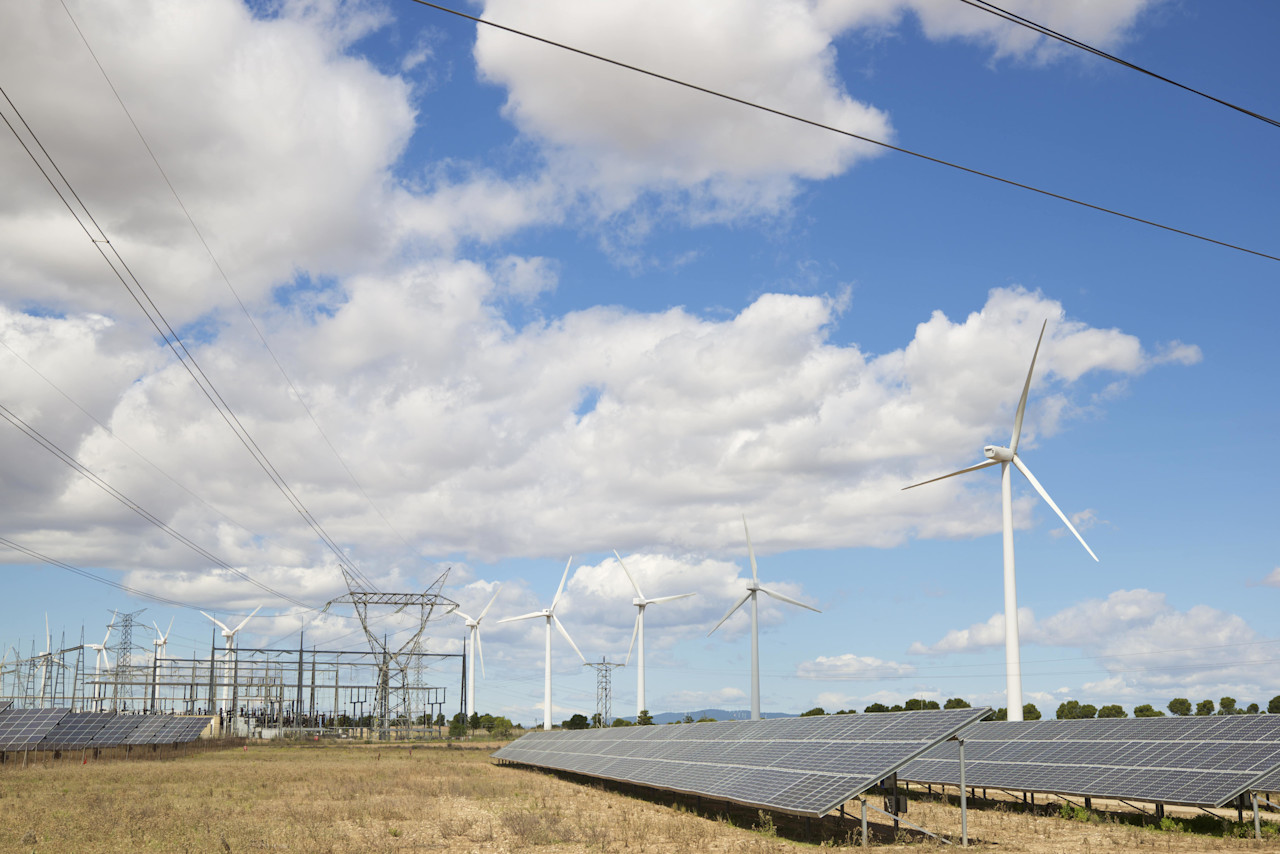A carbon footprint is the amount of greenhouse gas emissions generated by an individual, company or country over a set time period. Although the term implies primarily the emission of carbon dioxide, it is now often taken to include all gases which cause global warming through the greenhouse effect. This includes the more common industrially emitted gases such as sulfur dioxide and nitrous oxide, and methane which is produced by farm animals. As such, the term can also be referred to as a greenhouse gas footprint.
Carbon neutrality
All human activity creates a carbon footprint, from breathing out to generating electricity, farming, or making a product. Greenhouse gas emissions over many centuries have been proven to warm the planet as they absorb and radiate heat within the enclosed atmosphere of the Earth. The issue in the battle to combat global warming is whether these footprints can be reduced enough to stop global warming getting out of control. For this, carbon neutrality is required. This means that a country does not generate more greenhouse gas emissions than it is able to absorb, either naturally through plant and water cover, or mechanically through carbon capture.
Several nations and blocs such as the EU have already committed to becoming carbon neutral (‘net zero’); most have used the Paris Agreement target of 2050, though some smaller nations such as Austria and Uruguay have set a more ambitious target of 2040. China, which has the world’s largest carbon footprint, has pledged to do so by 2060. Aside from cutting emissions by decarbonizing, many countries are investing in tree plantations and carbon capture systems as part of their neutralization efforts.

Creating returns that benefit the world we live in
Decarbonizing operations
Carbon neutrality for companies essentially means decarbonizing operations to reduce emissions. This is often being done by replacing energy sources derived from fossil fuels with renewable energy, and by finding suppliers who use less carbon-intensive components. This is easier for some industries than others – a carmaker can switch their models from the internal combustion engine to battery-powered vehicles, but this cannot currently be done by airlines.
Measure carbon footprints
Carbon footprints at companies can be measured by using three ways in which greenhouse gas emissions are generated: Scope 1, 2 and 3.
Scope 1 emissions are those that are directly generated by the company, such as an airline emitting exhaust fumes.
Scope 2 emissions are those that are created by the generation of the electricity or heat needed by the company to produce its main products. An electricity utility would therefore have relatively low Scope 1 emissions caused by its infrastructure or grid, but high Scope 2 emissions if its power came from the burning of fossil fuels rather than from renewable sources.
Scope 3 emissions are those caused by the entire value chain, including the end-user of the product over its life cycle, and are much more difficult to measure. A carmaker would have relatively low Scope 1 and 2 emissions when making the car, but if the user of the vehicle burned petrol to run the car over many years, they would cause very high Scope 3 emissions.
See also
More glossary terms
Carbon neutral investments
Investors such as Robeco can aim for carbon neutrality in portfolios by using ESG screening to isolate the higher-carbon companies and reject them. However, the world’s biggest carbon footprint is created by burning coal in power stations, and most coalfields and power plants are state owned, which means they are out of reach of investment strategies. Divestment of listed fossil fuel companies is also ineffective in combatting the core problem, since it simply transfers ownership from one firm to another.
In 2020, Robeco decided to exclude all thermal coal producers and users from portfolios, subject to certain thresholds. Investors also use engagement to try to accelerate fossil fuel companies (and governments) to switch to renewable energy models, as Robeco has successfully done with Royal Dutch Shell.



















